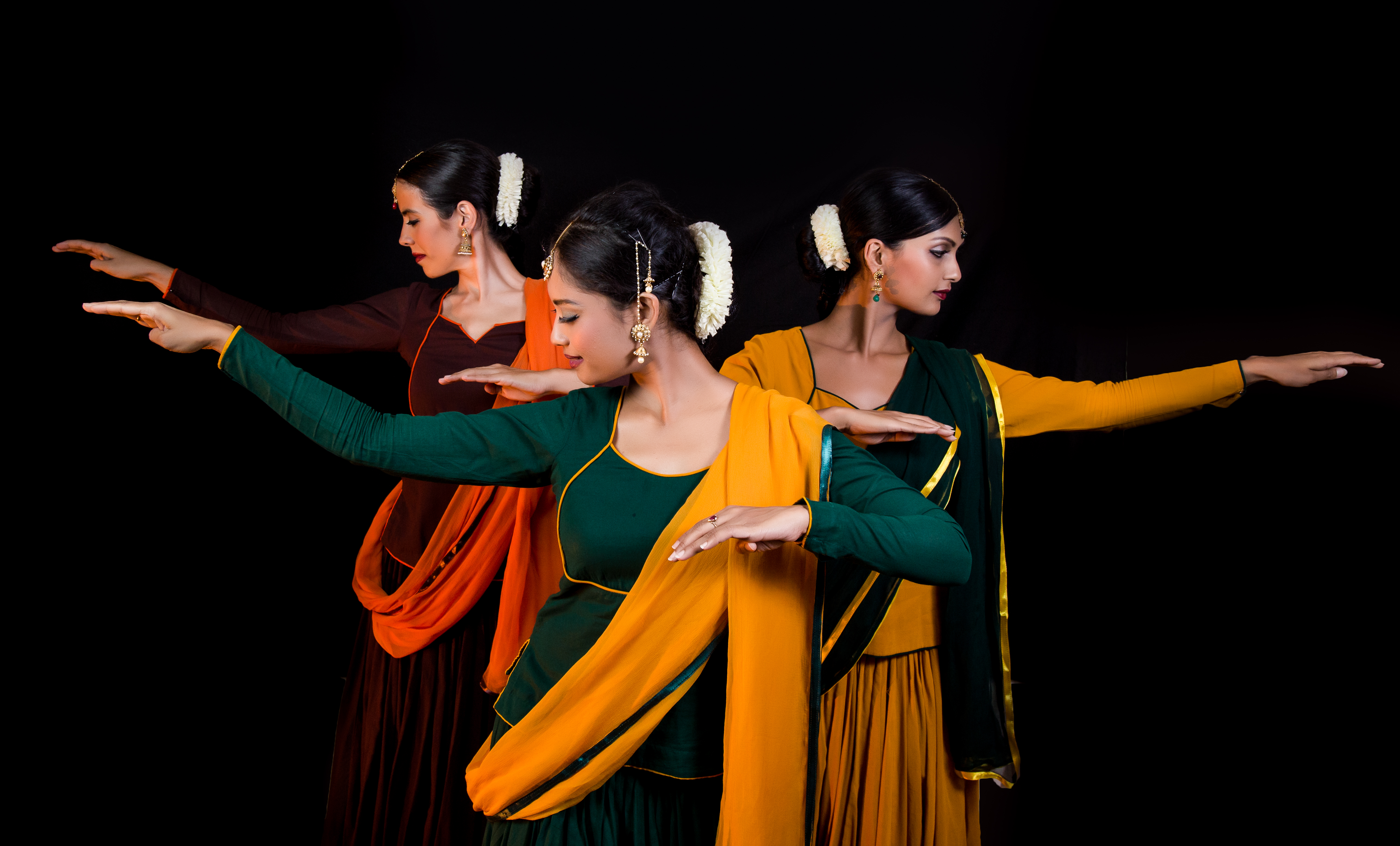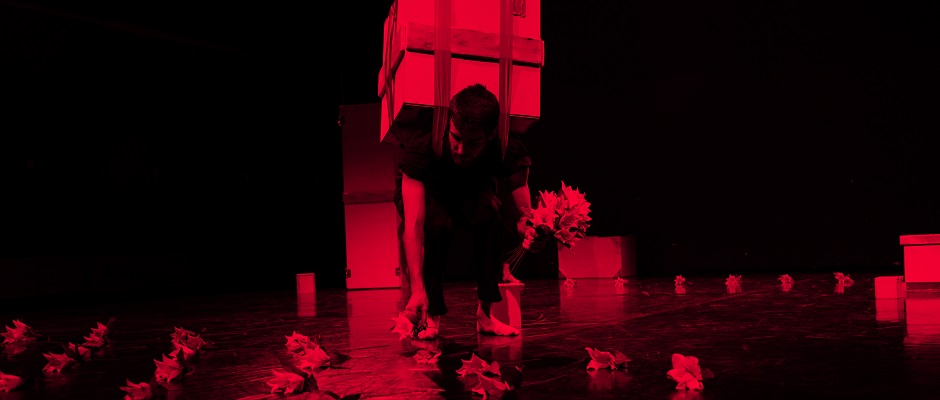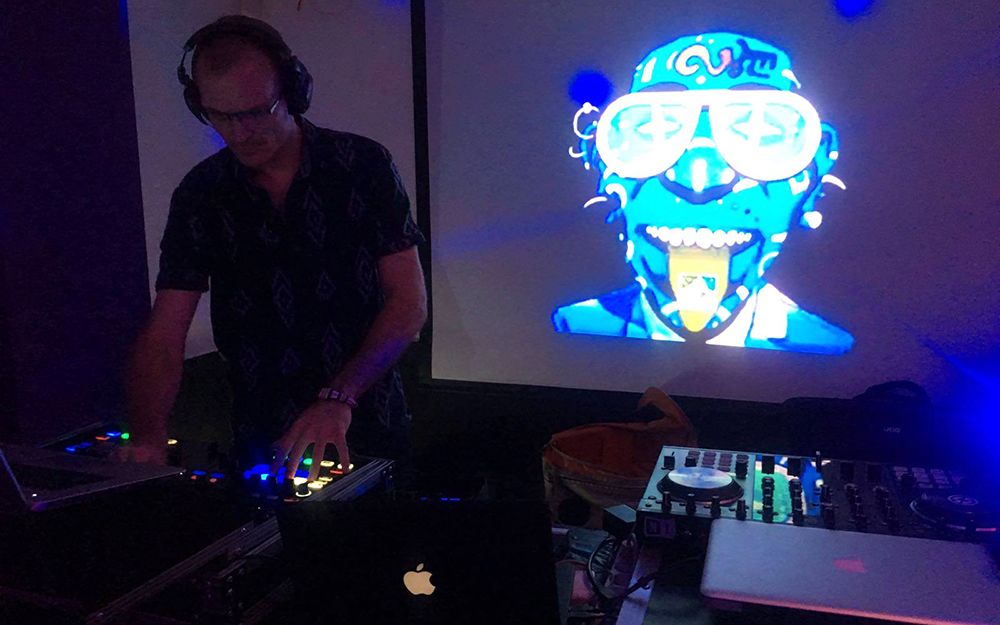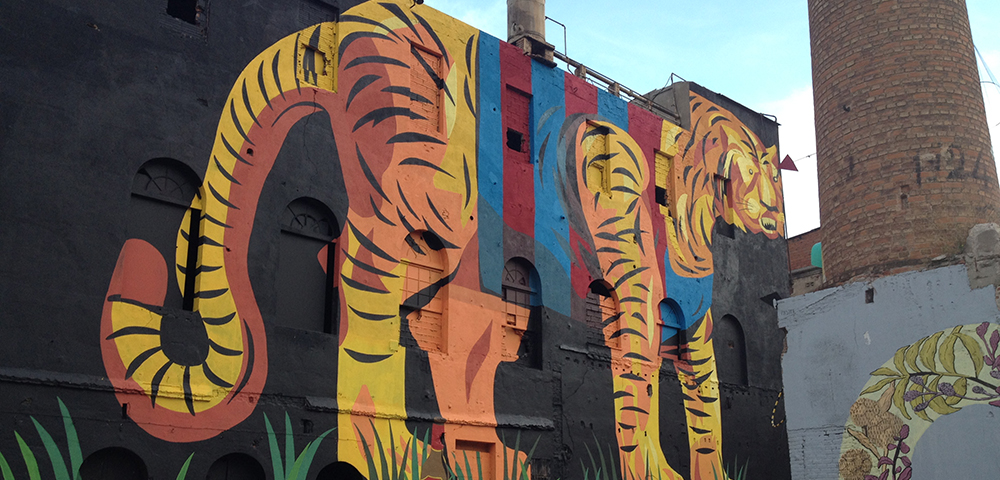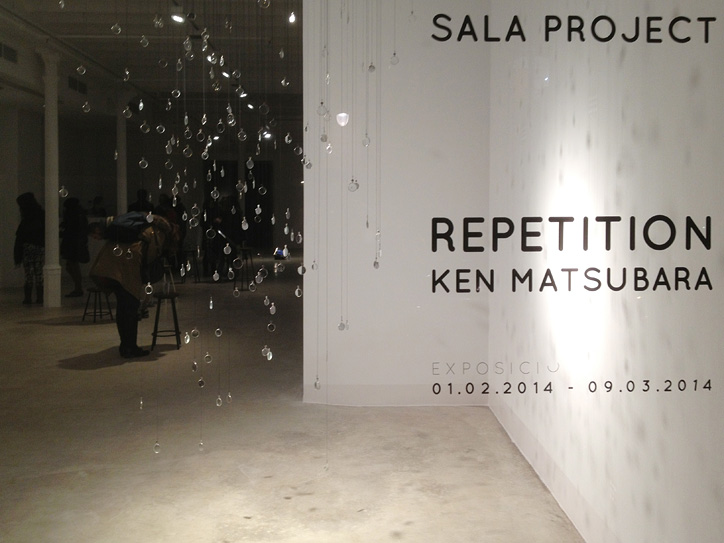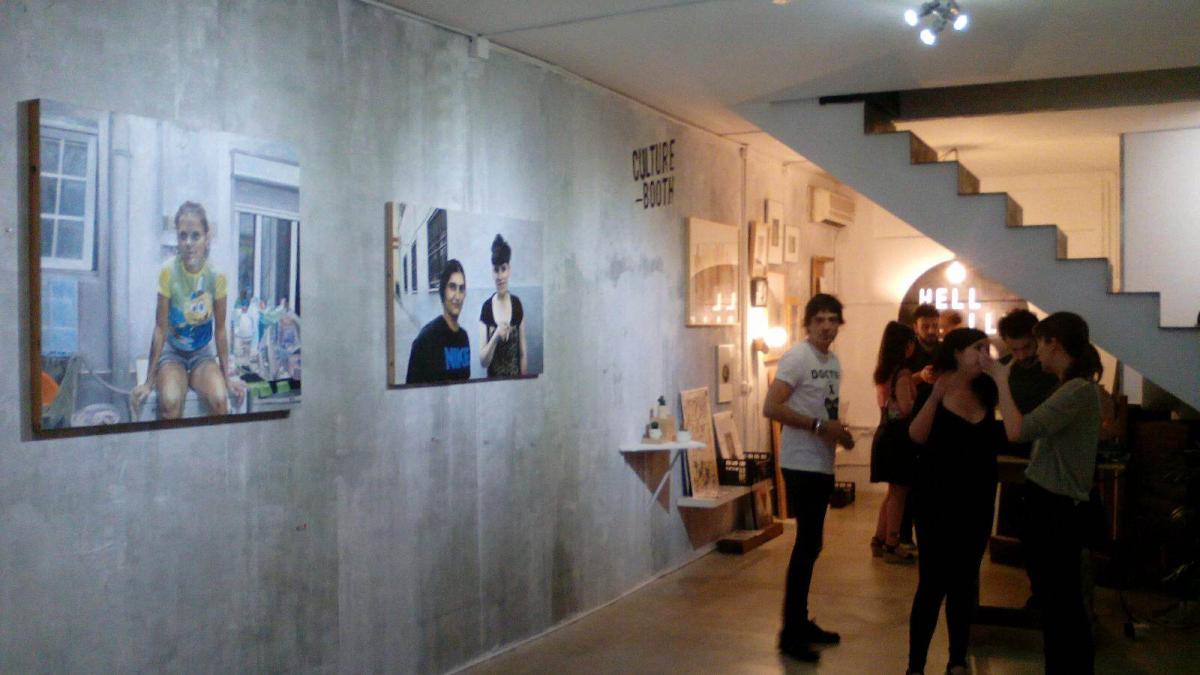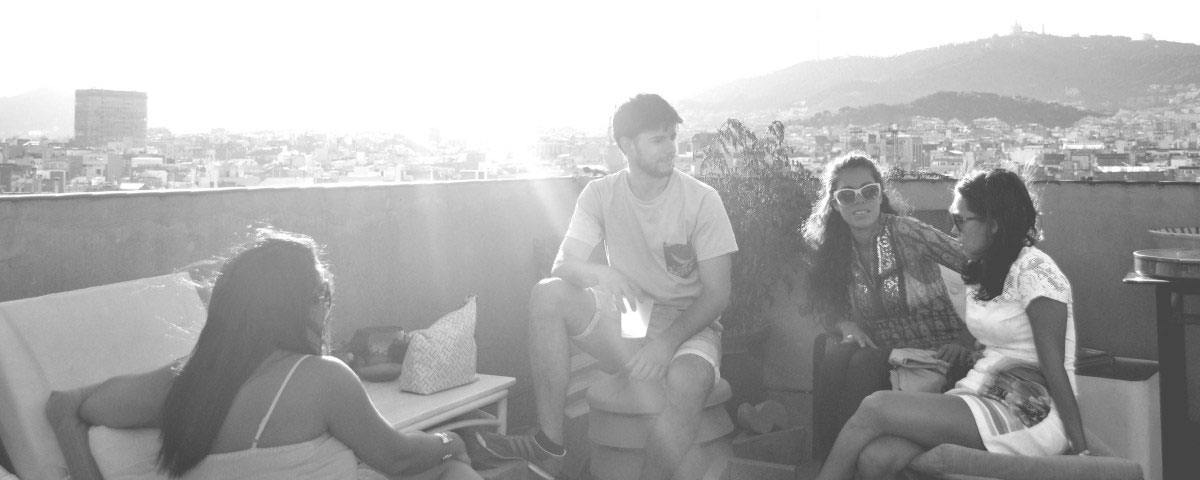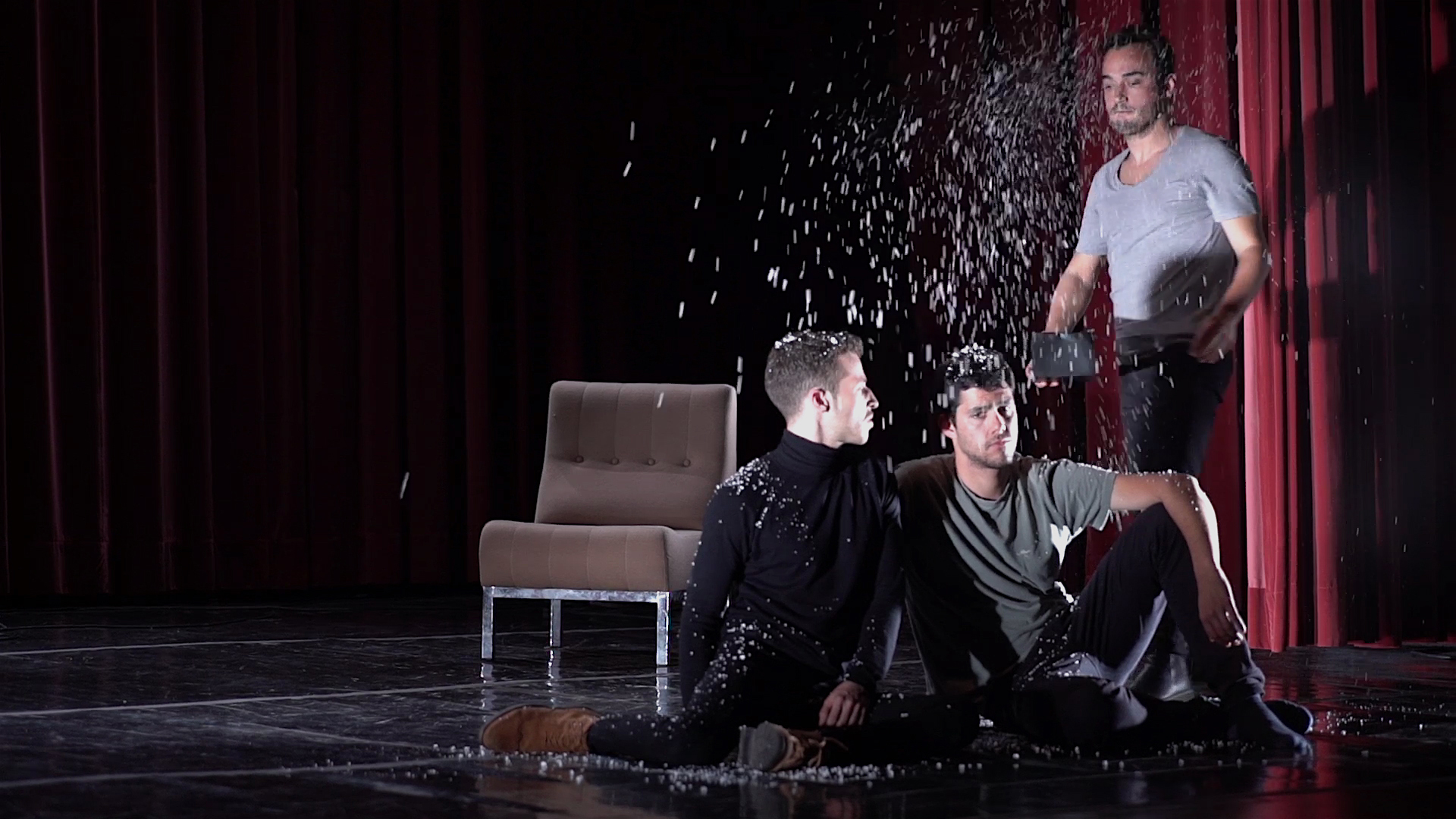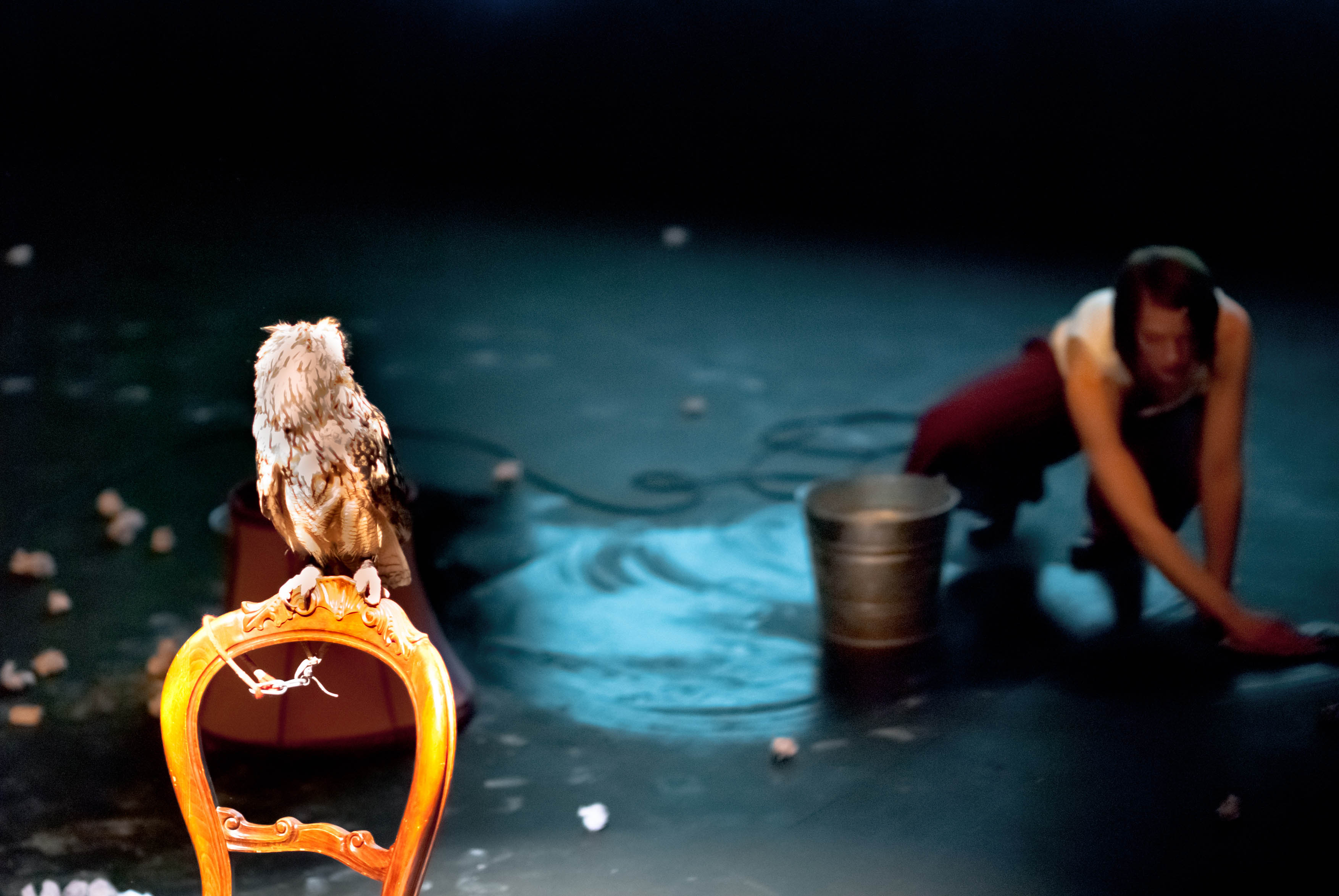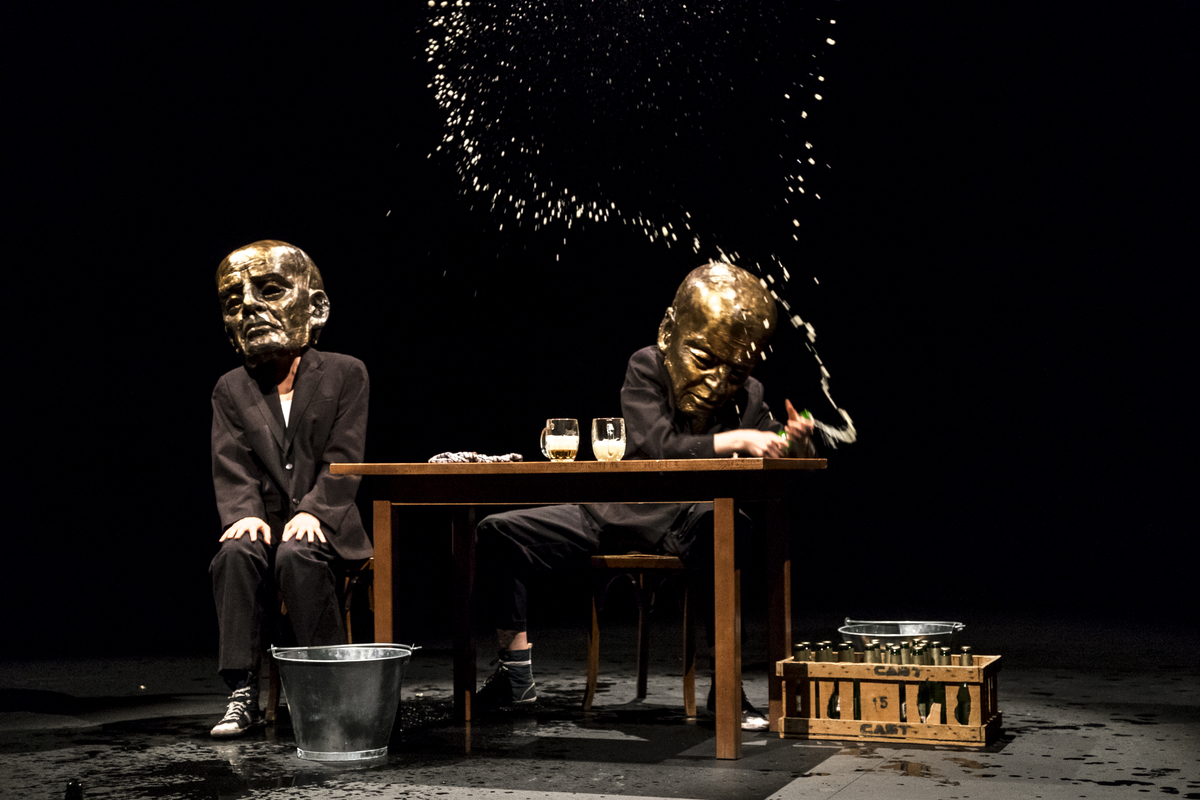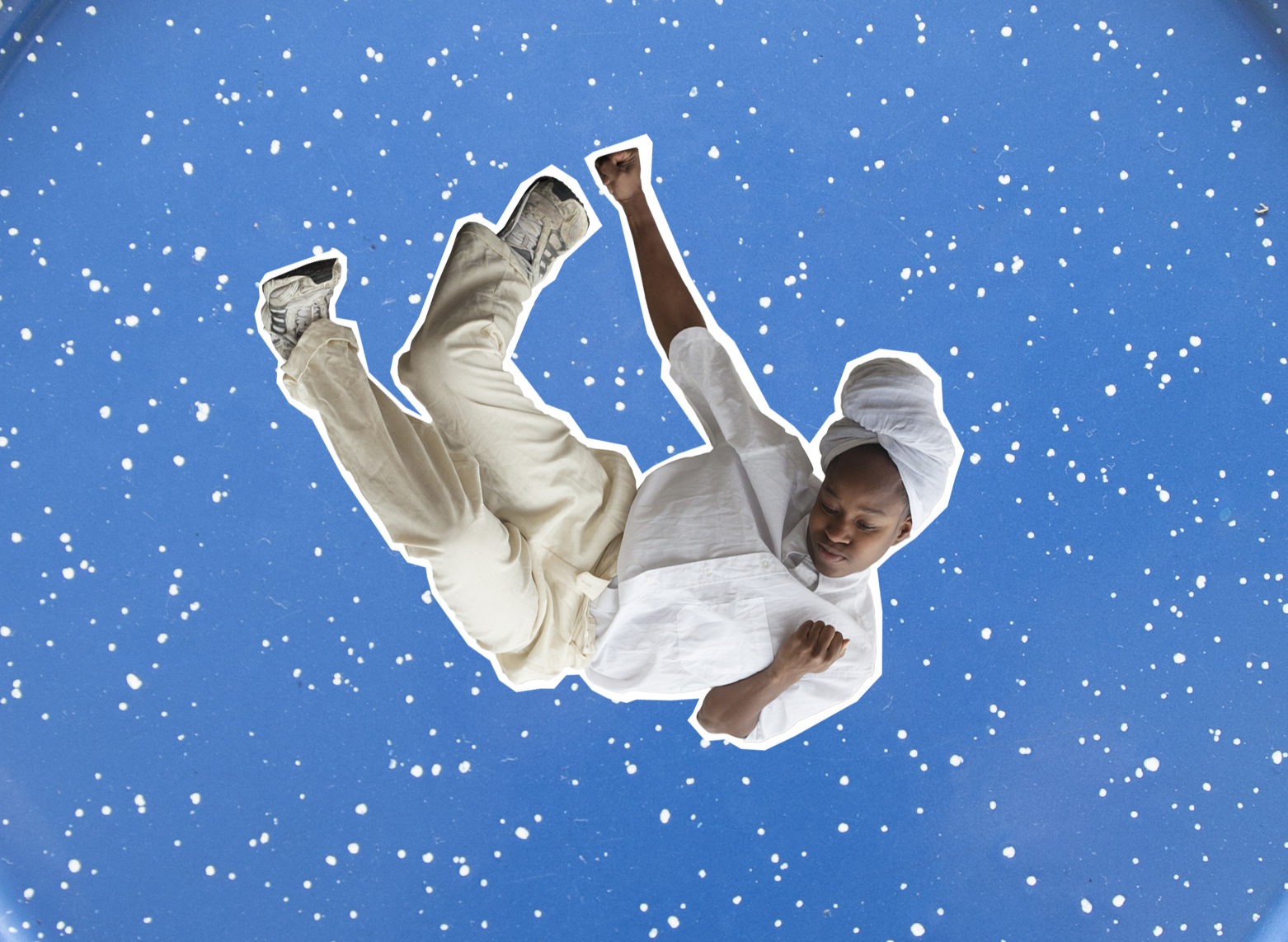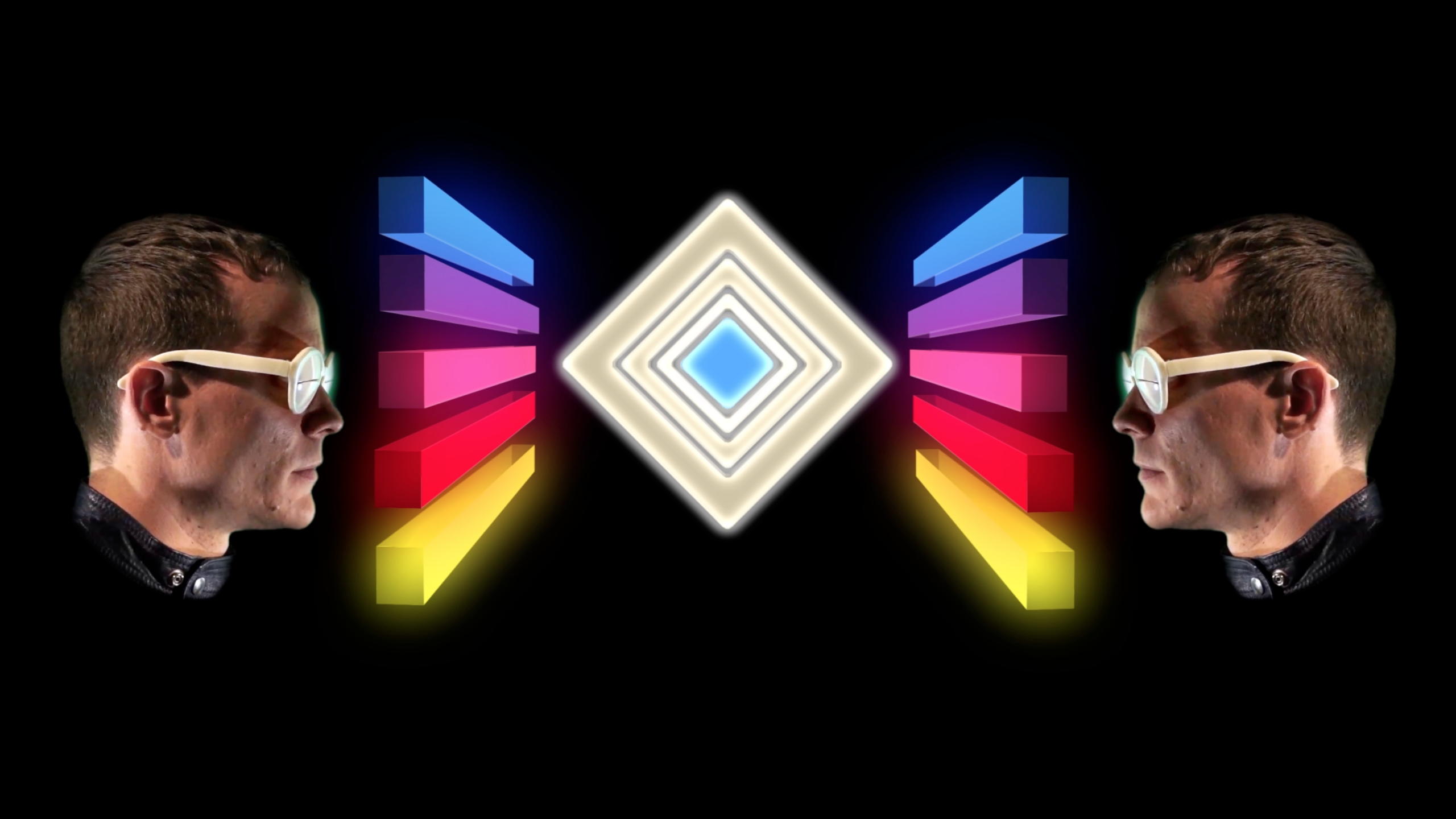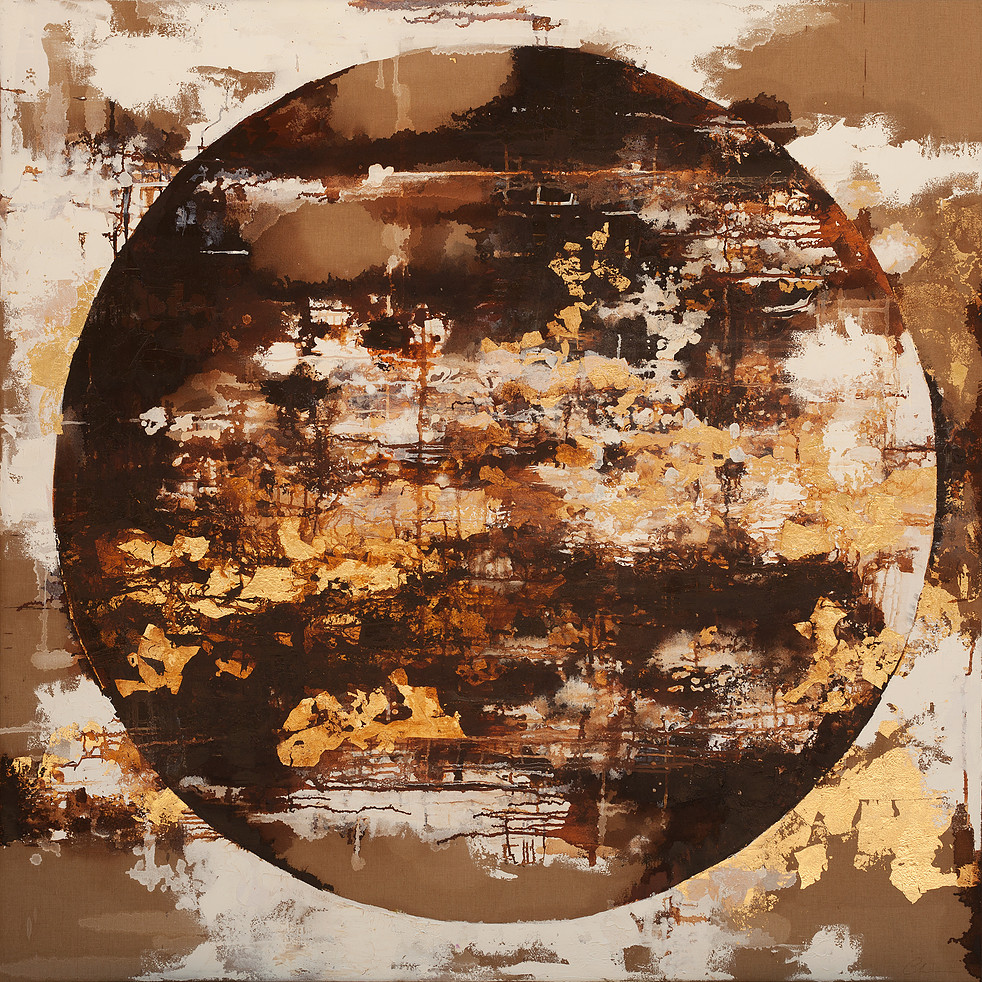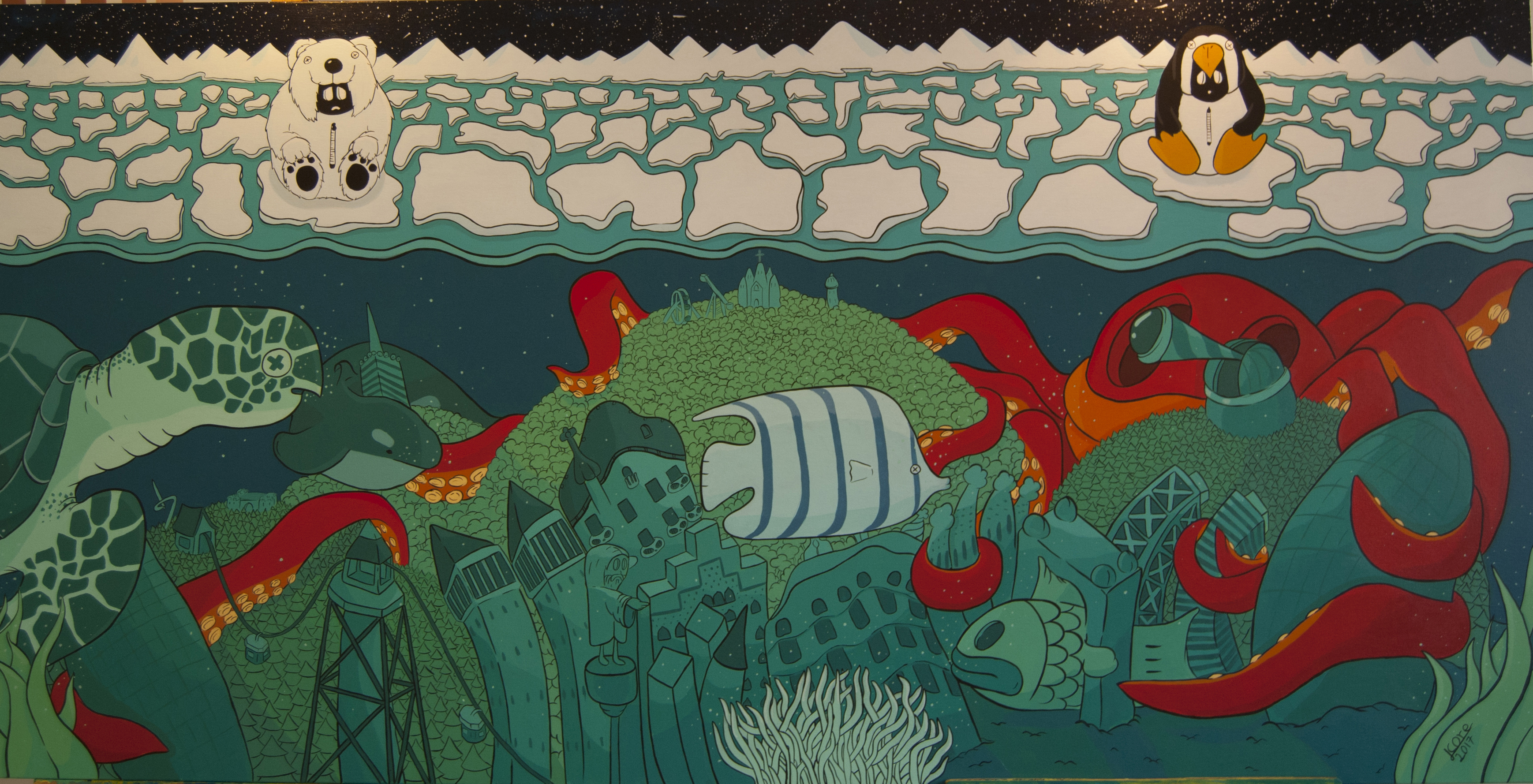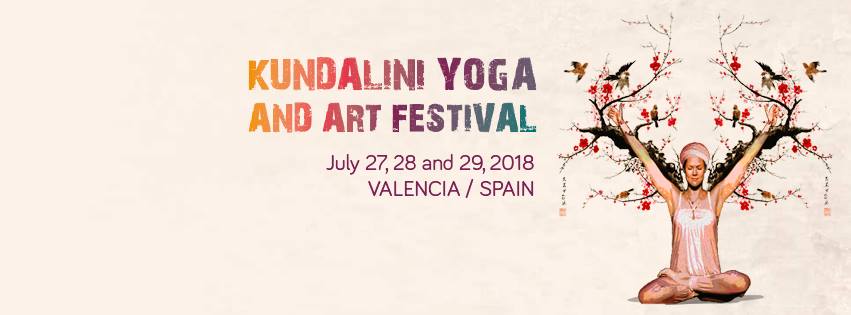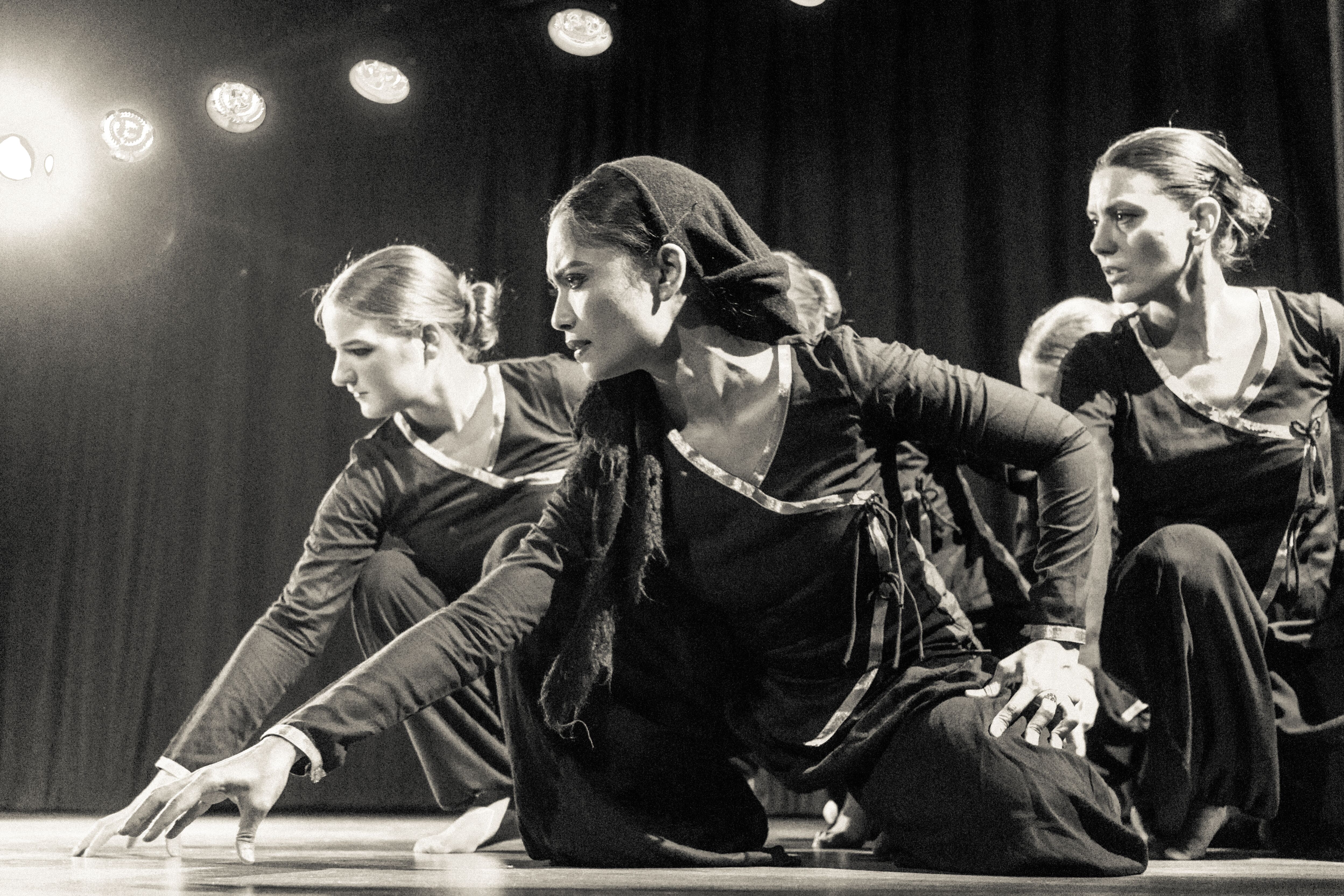The Barcelona Kathak Project returns to Sala Hiroshima with the dance drama Chandalika by Rabindarath Tagore, the first Nobel Laureate of India and Asia. Tagore’s original music is complemented by additional new pieces especially composed for this adaptation. Grace and consciousness permeate the unfolding of powerful themes such as the caste system and its broader implications, the nature of love, self-perception and identity, and the energetic polarity between masculine and feminine which reaches beyond gendered language. The Barcelona Kathak Project has continued to work closely with Tagore’s texts since their performance of Chitrangada, also at Sala Hiroshima, in January 2016.
It’s a pleasure to catch up with choreographer, performance director and Kathak dancer Shreyashee Nag again as she shares some powerful insights into the premiere of this magnificent new piece.
Shreya, thank you for welcoming me back to your studio. What especially drew you to the story of Chandalika?
My decision was very much influenced by the context of when Tagore wrote it, in 1945. At that time, Indian classical dance was considered exclusively prestigious and dignified. Through the influence of the British Empire, it had been converted into something that was not good for a woman. Women have always been supposed to represent something good, and when there’s something bad it’s also our fault. Men were allowed to dance but not women. One of the reasons why dance was converted into a taboo was that it was a language used in society to express many different issues, such as to propagate religion, talk about politics and against the British. The ruling empire wanted to suppress dance, and women especially stopped dancing.
Tagore was a writer; he didn’t take a stand against the British by fighting on the front line for the independence of India. He expressed his views through writing and created many different women-centred dances such as Chitrangada, which would force women to come on stage and perform. He was so well known that performing in his dance drama could only be something prestigious for a woman. I find this a noble cause to be working with, and secondly the story itself, which talks about the discrimination of the caste system. This continues to exist now, even in the subconscious mind of almost every Indian. I actually like the caste system. The fact that each generation does the same work means that the work becomes so perfect through the generations, it’s beautiful. If my great-great grandfather was a potter, and through to me, how much art would I be carrying with me?
In the dialogue on Chandalika, organized by the Espai Avinyó in December, panelist Agustín Pániker (Editorial Kairos) also mentioned that while the differentiation of the caste system works, the problem is the hierarchy.
Exactly. By keeping an art in the family you’re mastering it and improving it with each generation, what’s wrong with that? The problem is the discriminatory hierarchy and the repression. What happens if my father was a potter and I don’t want to be one? These are the factors that make it negative. It’s not just a problem of the Indian caste system though; we can extrapolate this to any other society. We make assumptions about people who work as a waiter or hotel assistant, compared to a lawyer or doctor. That kind of hierarchy exists everywhere.
That’s true… just look at the Cabinet or House of Lords in the UK, how many of them came from Eton?
You remove the word caste and it still comes up everywhere, even now in Europe. People ask why I’m staging a production that shows the negative side of India through the caste system, but I don’t think that’s the case at all.
Could this desire to keep refining a skill through the generations be part of an evolutionary drive of humanity, towards greater specialisation?
I think Indians have always had the mentality to keep refining things. Unlike the West, we have a culture and tradition of repeating things, such as the intricacy of art in the temples and extremely refined embroidery. People wonder how such outstanding work is possible – it’s because they have been doing this for generations, thousands of hours after hours.
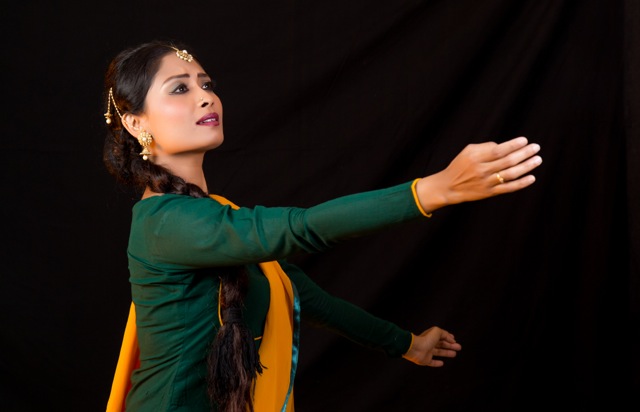
Another participant of the dialogue organised by the Espai Avinyó was Thubten Wangchen, Tibetan monk, and director of the Casa del Tibet. He emphasised that spiritual leaders need to break discrimination and work together as brothers. How do you translate this as an artistic leader through your language of Kathak dance?
I think it’s very easy for me to translate this as a Kathak dancer. Kathak is not just a dance, it’s an incredible language. It has accepted the philosophy of Hinduism, Islam, Sufism and Sunni concepts from the very beginning in a way that no other classical form of Indian dance has. Geographically, it began in the North and was open to other Asian cultures, integrating them in it. It’s a perfect example of all getting together and agreeing to disagree. I don’t believe in saying that all religions are equal and all religions say the same thing, I don’t think they do.
What do you think is the criteria for discerning between religions then, without leaning towards absolute relativism?
No, it’s not that. I think the only common denominator is acceptance. Hinduism is saying something completely different to Christianity and Islam. Another common ground is to not be so convinced that your religion has got it all right and the others are wrong. Religious leaders can only work together when they stop saying “I am right”. Let’s agree to disagree, and then navigate through that.
And let’s base this agreement on basic human rights and principles and respect…
If you respect you accept. The problem is that people don’t want to accept that the other could also be right. We see things differently, we could both be very wrong or we could both be right. There isn’t just one absolute right. Hinduism talks about the tangibles, Islam about the intangible. What makes you think if I see and speak of form that I don’t also see the light behind the form? I could be seeing it differently.
Yes, allow the potential within each human being to unfold in whatever shape it takes.
That’s exactly what happens in this dance drama with Prakirti, the protagonist. One of the main reasons why she is struggling to be accepted is because she doesn’t accept herself. The monk makes her realise that you will only be accepted once you accept yourself.
What do you think is the biggest barrier to self-acceptance, through the lens of Chandalika?
If a child grows up being told they’re not good at something they internalise it. Maybe we should say to ourselves, “if I’m not good, so what?” It’s about simply making a decision to accept yourself. Maybe you’re not good at something, but there’s no reason to be cruel to yourself about it. I believe in something higher, life is not a fluke. And if you believe we have been created as part of a design then there must be something in you which is part of that, and so how can you not accept that in yourself?
Also not always believing what your mind says… if you have a thought, be open to doubting it.
That’s where religions come in, they don’t let you doubt, they give you the answers to every question. I absolutely believe in something higher than all of us, but I can’t believe in a religion. I think Chandalika introduces Buddhism in a very interesting way. This is is one of the religions I most appreciate as it isn’t about giving you answers. It became popular in India at a time when the caste system was very prominent, and converting to Buddhism gave people a way out of this.
You work on a lot of different levels with a production like Chandalika, the intellectual level, dance movements, conceptual, group work, etc. Are there any realisations that came to you and the dancers during this process purely through the body, as somatic insights?
The whole process of Chandalika is so related to body language. Some of my dancers are of Indian origin, born and brought up in Catalonia. How do they know what the body language of a poverty-stricken girl from a low caste should be? The first thing we did with Chandalika was to really get under the skin of these people. The girls all have a certain level of confidence which comes from being part of a European society where it’s pretty much a given, so they had to work on a lot of movements to embody someone who has been discriminated against all their lives and for generations back. Their shoulder blades have to be rolled in, their eyes lowered. These aspects of body language have to be worked on before you can get into the dance. There’s also a difference in the dance styles, as girls from a high caste do classical and lower castes do folk.
As far as the girls are concerned, it was interesting. There was a piece of dialogue, like “what have you done, you’re not supposed to touch her, she’s an untouchable!” They’d say it with such conviction, then look at the dancer and say –“I’m sorry!”Even as a dance drama they realised how strong that sounds. Can you imagine going through that in real life? I had to tell them to stop saying sorry, it wasn’t part of the dialogue. My team went through a lot of transformation through the body language and dialogue. Once Prakirti meets the monk there’s a big change. She becomes more confident, her posture and voice changes.
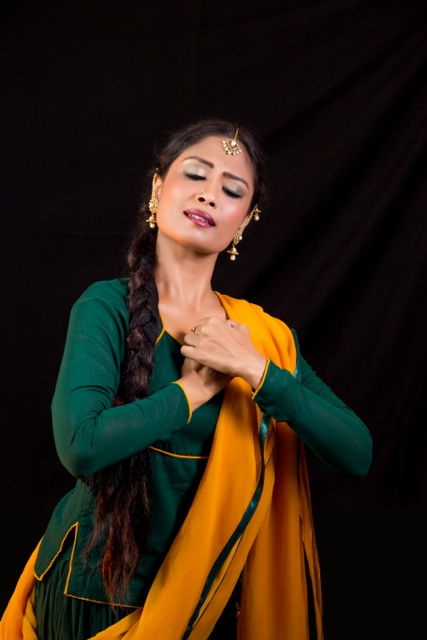
Could you say something about that critical moment when Prakirti meets the Buddhist monk and her heart opens out?
As her heart opens she starts to feel for the first time that life makes sense and she’s worthy of breathing. This happens when she simply gives the monk a glass of water. Water is a life element. For an untouchable to be giving a few drops of water to such an evolved person is incredible for her, it makes her feel worthy and equal to anyone.
It’s interesting how that realisation came through action; it was the embodied act of giving him the water, not an intellectual realisation of her mind.
Exactly. We’ve come back again to the difference between East and West. The West is very intellectually developed. We think first then we act. In India people relate more to karma, we realise things through actions, through dance.
The intellect often holds us back from action, through guilt, fear and insecurity.
There’s certainly a lot of demand on us here to do things perfectly. But doing is more important than perfection. In Spain there’s even the expression, “prefiero no hacerlo que hacer chapuzas”. I totally disagree! The easiest way to get out of anything in life is not to do it. It’s only by doing things you realise how to make them perfect, because you’ve been there and given it what you could, and you can evolve.
As you speak of action I’m hearing freedom in this approach, a freedom beyond the mind’s limitations. The dance drama Chandalika also expresses the realisation that the greatest love is free. How would you relate this to contemporary relationships?
I think the feeling of freedom is something so within you. I can’t make you feel free, you’ve got to decide that within yourself. It’s not related to anyone else. Prakirti’s first step of spiritual evolution is realising that she’s equal to everyone else. That sense of freedom doesn’t last long because she then gets into a very possessive bondage of love and wants a magic spell to be cast for the monk to fall in love with her. But when he does, she realises this isn’t the man she loved. She realises that true freedom is a state of loving herself and loving him without expecting him to love her back. Loving yourself means you can love anyone. It’s easier said than done because life without expectations doesn’t work either, right?
There are so many different levels…
Chandalika has a message which is very interesting for today’s world. If I know myself well, telling me I’m this or that won’t change anything. I think we’re still at a stage where we need to know ourselves better and be in action mode.
One of the polarities that often emerges in Tagore’s work is masculine and feminine. How do you relate to this through Chandalika?
This was even more pronounced in his work Chitrangada, which talks of gender neutrality. In Chandalika it’s the women who do everything.
What do you mean by gender neutrality? Isn’t it more about energies, one being more outward and the other more receptive… the terms masculine and feminine can be quite misleading?
I think of it more as how the lock and key fits and we all carry them both within us. Chandalika’s mother has a very strong personality and balanced energy. She does all the housework which is typically a woman’s work, and she also does witchcraft and resolves her daughter’s problems, taking the lead. She has both energies, and uses one or the other depending on the situation. I’d say it’s neutral, it’s beyond gender, why should certain attitudes be called masculine or feminine anyway?
Our emerging paradigm needs a different language for these energies…
Exactly. I would call it convex and concave. Tagore is very careful with the language he uses. He describes Chitrangada saying she has got the love of a mother and the fearlessness of a tiger, without defining them as feminine or masculine. Why can’t a woman be fearless and a man embody love?
How has your understanding of these energies evolved between the production of Chitrangada in 2016 to your current work on Chandalika?
In my school, it has evolved tremendously. My work is about people coming to the performance and not seeing the beautiful girls but seeing the beautiful messages behind it. I want to give people a piece of my culture, through the eyes of a poet from my culture, with a universal message. And you’ve got to stop looking at us as exotic beauties dancing around. My dancers today are very gender neutral people and I’m very proud of them. They’ve started thinking differently through this dance drama. What greater success can there be? There are 70 people in the school, and each one will go on to influence others. It’s a seed that you’re planting.
Have you ever worked with Jessica Walker of the Laboratorio? She always says we are so contagious, and asks what attitudes do we want to disseminate today.
Amazing. Yes, that is the essence we have to remember.
Chandalika will be performed at Sala Hiroshima on the 27th January at 20:30 and 28th January at 19:00.
Book tickets in advance as it’s likely to sell out!
 “Out beyond ideas of right and wrong, there is a field. I will meet you there.” Rumi
“Out beyond ideas of right and wrong, there is a field. I will meet you there.” Rumi
